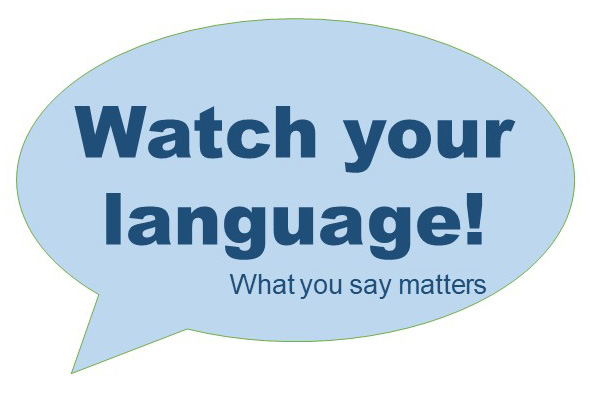How to create an inclusive online class
November 21st, 2023
At Penn State, we believe in a commitment to diversity and inclusion in all areas of the University. This includes our classrooms. Here are some ways to use language to create diverse and inclusive classroom environments for all students.
Why is inclusivity important?
As educators, we strive to create learning environments where all students feel welcome and included as equal participants with their peers. Thus, the language we use should exhibit respect and sensitivity to all students, regardless of background, gender, culture, etc. Such considerations are particularly important in online education, where our students may come from a diverse population of intersecting identities.
Recognize and acknowledge your bias
Now, your first reaction might be, “I’m not biased.” But the term “bias” just means how you see and relate to the world around you, and it’s a product of your experiences, culture, and values. Most of us come to our classrooms from a typically Western experience and use Western names, examples, stories, etc. Think about how you present content and how your presentation might be viewed by someone with a completely different set of life experiences. Does that analogy comparing an American football play and a natural physical process necessarily translate for someone from another country who knows nothing about American football? I encourage you to spend some time before writing content, announcements, emails, essay questions, word problems, quiz questions, etc. thinking about how to be more inclusive.
Here are just a few examples of small changes that can make your classroom more inclusive:
Use universal phrases
- When using American idioms, explain them. Not everyone in your class is an American and will understand typically American phrases.
- Avoid binaries like black/white, male/female, gay/straight.
Use gender-neutral phrases
- Use generic greetings like Dear students, Good Morning Folks, etc. when addressing the class in emails, announcements, video conferences, etc.
- Do not assume someone’s gender based on name alone. One way to clarify this is to introduce yourself using your pronouns (Hi! My name is Jennifer and I use she/her/hers pronouns). Ask students to share the name and pronouns they would like the class to use. Note that the singular pronoun “they” is an acceptable pronoun according to Merriam-Webster and the Penn State style manual.
- When giving examples, be cognizant of being stereotypical about gender. For example, don't only use male pronouns/names when talking about a blacksmith or female pronouns/names when referring to a teacher.
Use inclusive examples/assessment
Look for ways to include or portray inclusion in your examples, assessments, written content, and images.
- Use a variety of ethnic and gender-neutral names.
- Include a variety of people in your examples and word problems. ie. include people who are differently abled, people from non-western culture, same-sex couples, etc.
- Use a variety of current events or historical examples. Avoid using all Western examples.
Other word choices
Be aware of the words you use and how they might alienate, misrepresent, or offend some groups of people. For example, use:
- significant other rather than wife/husband
- differently abled rather than disabled
- visually impaired rather than blind
- winter break rather than Christmas break
- people of color rather than minorities
- etc.
Using inclusive language is more than “political correctness.” Inclusivity is about respecting and celebrating people’s differences and including those differences in their educational process. Studies show that increasing inclusivity eliminates unintentional barriers that may hamper a student’s ability to relate to you and to the material, which in turn increases their engagement and learning.
Tag Cloud
You can quickly search our news articles by topic using our tag cloud. Click on a term to see a list of related articles.
